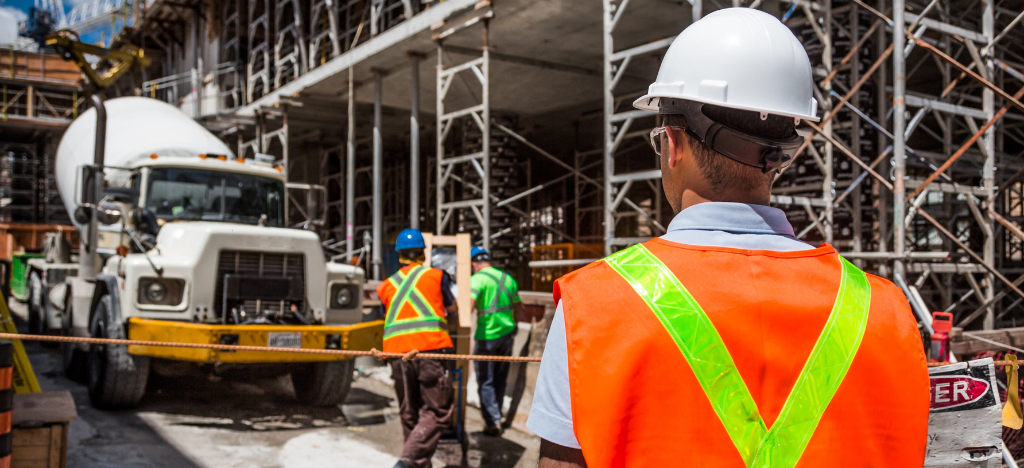


Construction sites are dynamic and complex environments where safety is a top priority. The nature of construction work can be hazardous, with many workers exposed to potential dangers such as falls, electrical hazards, heavy machinery, and hazardous materials. In this article, we will discuss the importance of safety in construction sites, the common hazards faced by workers, and the measures that can be taken to ensure their safety.
Safety is critical in construction sites because it protects workers from harm, ensures that projects are completed on time and within budget, and promotes a positive working environment. Safe construction sites also reduce the likelihood of accidents, injuries, and fatalities, which can lead to legal and financial liabilities, damaged reputations, and increased insurance costs.
Construction sites present several hazards that can cause serious injuries or fatalities. The most common hazards include falls, electrical hazards, heavy machinery accidents, and exposure to hazardous materials. Falls are the leading cause of construction-related injuries and fatalities, accounting for nearly one-third of all construction fatalities. Electrical hazards are another common hazard, with workers at risk of electrocution, burns, and fires. Heavy machinery accidents can cause injuries and fatalities, especially if workers are not properly trained or if equipment is not maintained. Finally, exposure to hazardous materials can cause long-term health problems such as lung disease, cancer, and other illnesses.
Construction companies have a responsibility to ensure the safety of their workers. To achieve this, they must implement safety measures that include training, personal protective equipment (PPE), regular inspections, and hazard communication. Training is critical to ensure that workers understand the risks associated with their work and the precautions they should take to stay safe. PPE, such as hard hats, safety glasses, and steel-toed boots, can protect workers from potential hazards. Regular inspections can identify hazards before accidents occur, and hazard communication ensures that workers are aware of the risks associated with their work.
In addition to these measures, construction companies can use technology to improve safety in construction sites. For example, inspection software like beXel can be used to conduct site inspections, identify potential hazards, and monitor worker safety. Wearable technology can also be used to track workers’ movements and detect potential safety issues.
Safety is critical in construction sites, and construction companies have a responsibility to ensure that their workers are protected from potential hazards. By implementing safety measures such as training, PPE, and regular inspections.


| Cookie | Duration | Description |
|---|---|---|
| cookielawinfo-checkbox-analytics | 11 months | This cookie is set by GDPR Cookie Consent plugin. The cookie is used to store the user consent for the cookies in the category "Analytics". |
| cookielawinfo-checkbox-functional | 11 months | The cookie is set by GDPR cookie consent to record the user consent for the cookies in the category "Functional". |
| cookielawinfo-checkbox-necessary | 11 months | This cookie is set by GDPR Cookie Consent plugin. The cookies is used to store the user consent for the cookies in the category "Necessary". |
| cookielawinfo-checkbox-others | 11 months | This cookie is set by GDPR Cookie Consent plugin. The cookie is used to store the user consent for the cookies in the category "Other. |
| cookielawinfo-checkbox-performance | 11 months | This cookie is set by GDPR Cookie Consent plugin. The cookie is used to store the user consent for the cookies in the category "Performance". |
| viewed_cookie_policy | 11 months | The cookie is set by the GDPR Cookie Consent plugin and is used to store whether or not user has consented to the use of cookies. It does not store any personal data. |